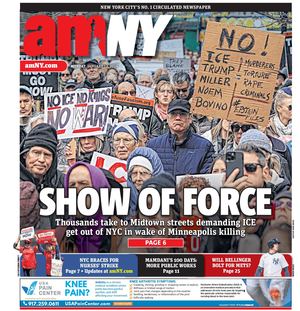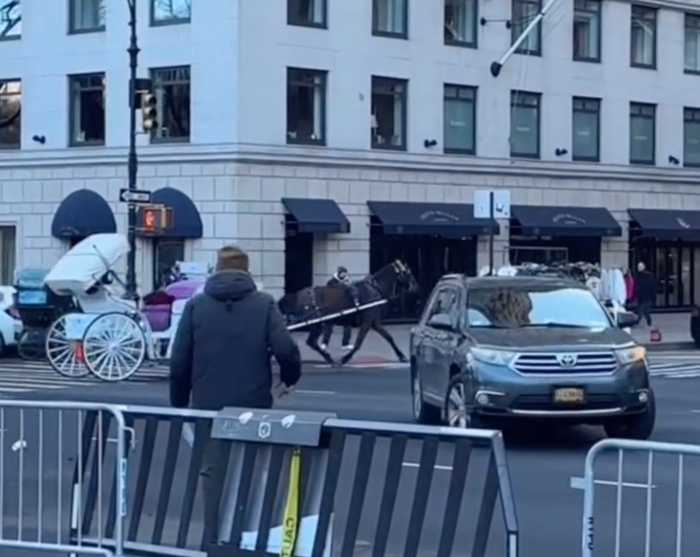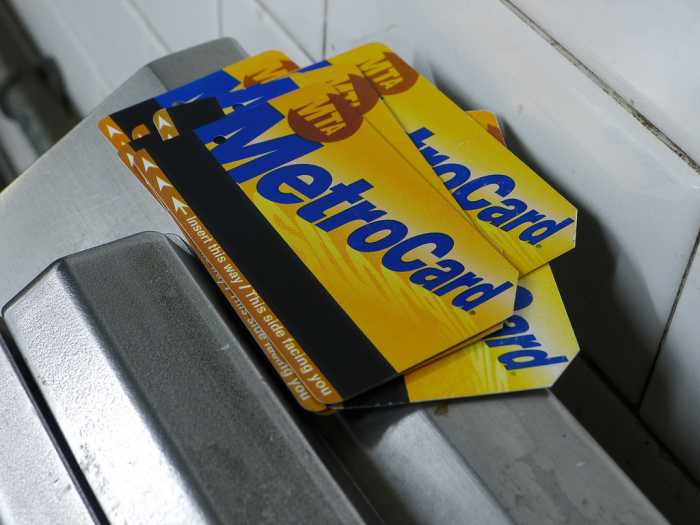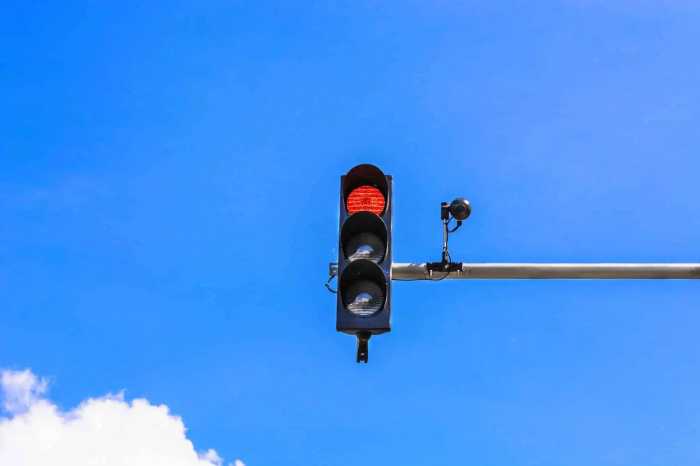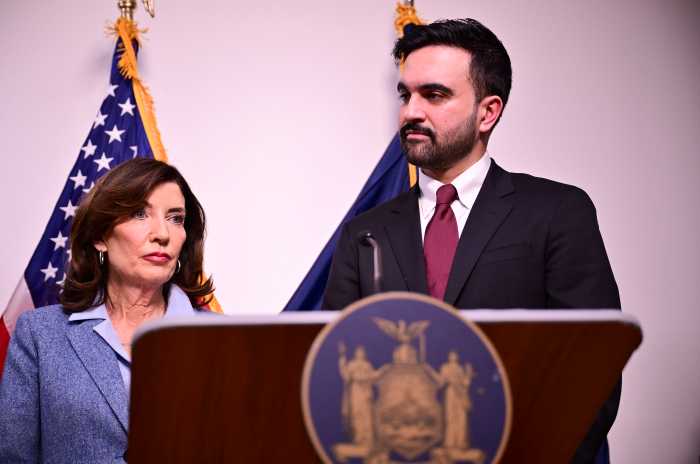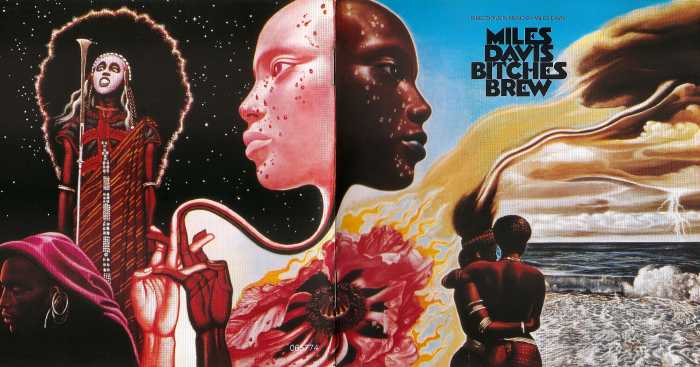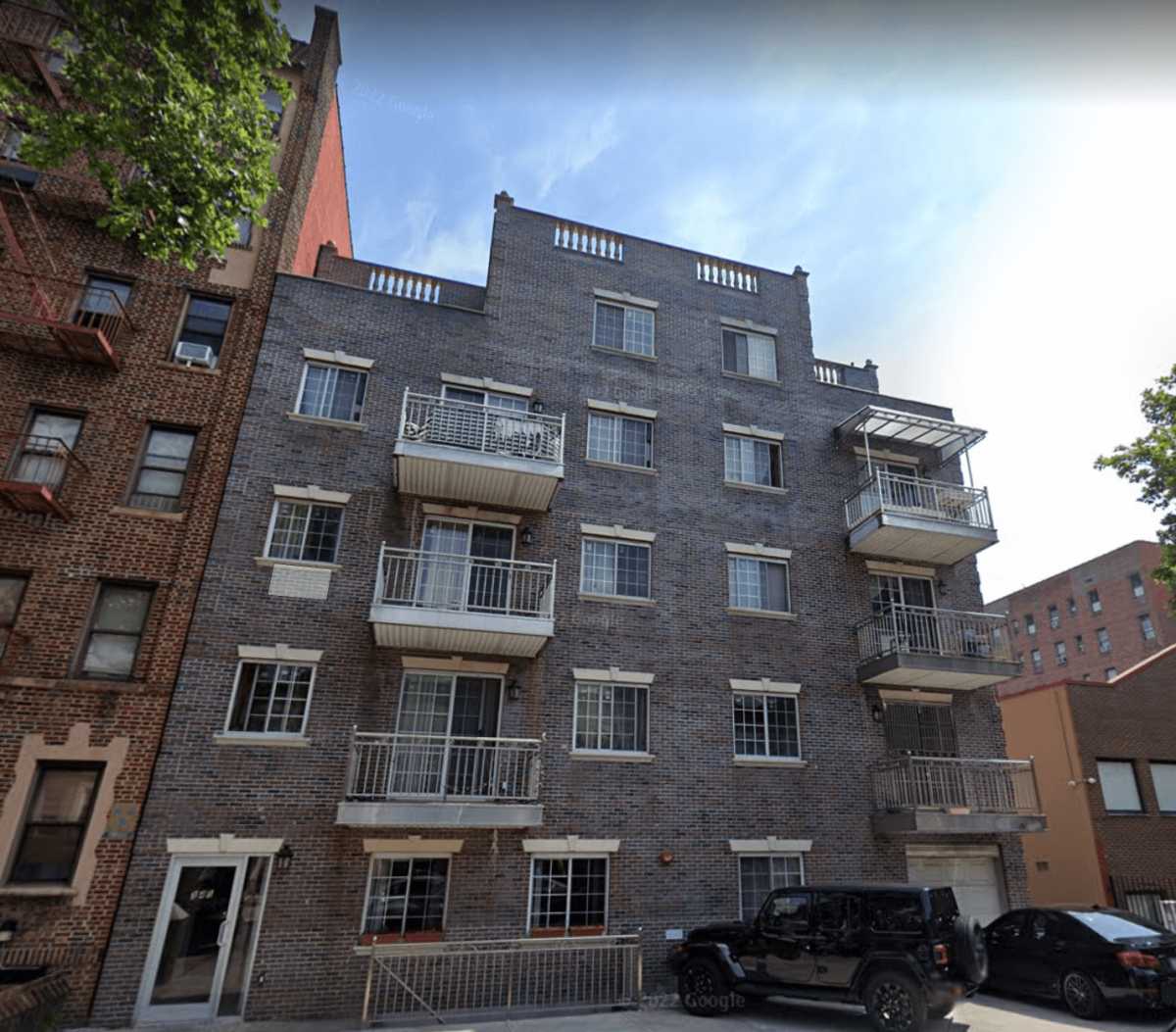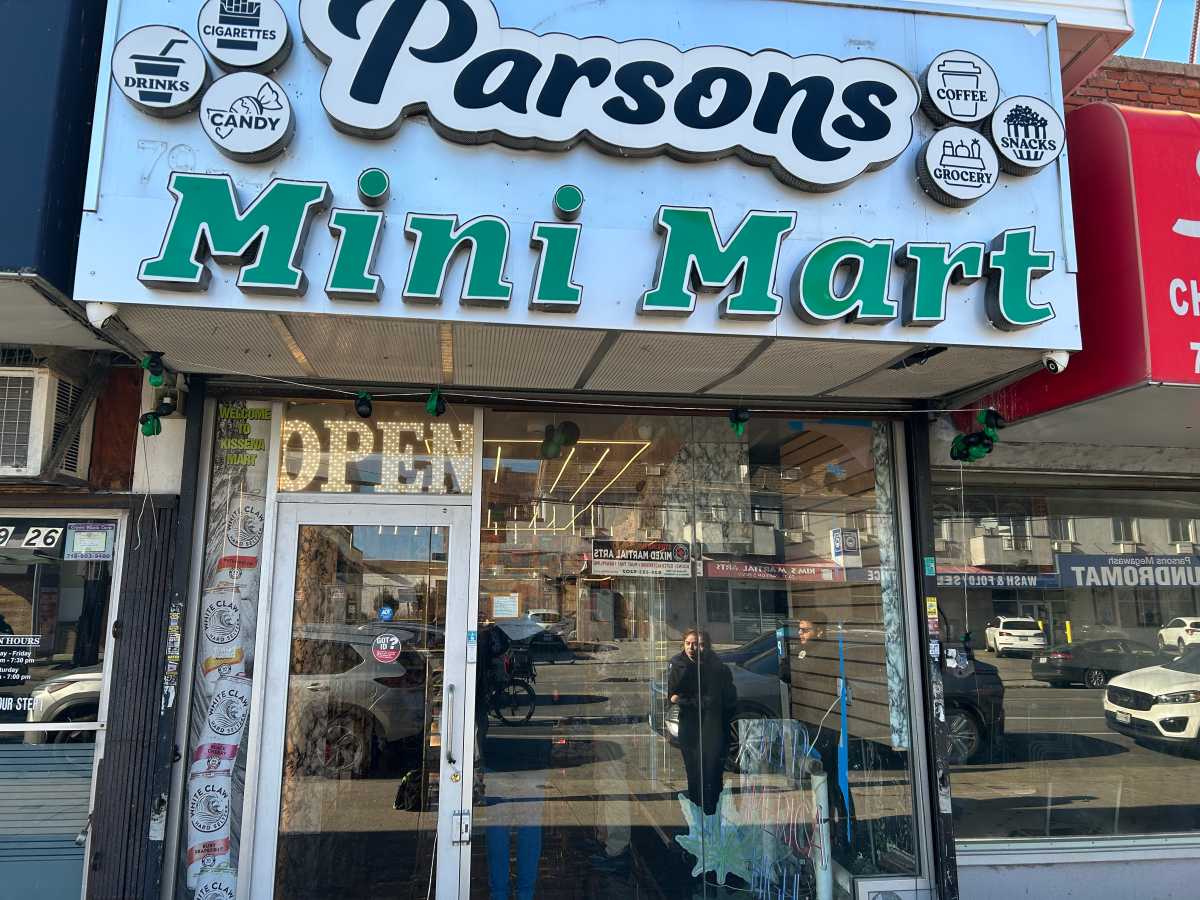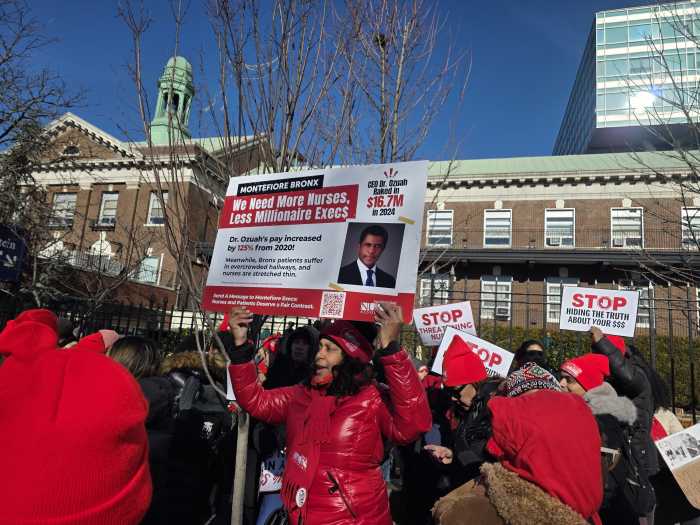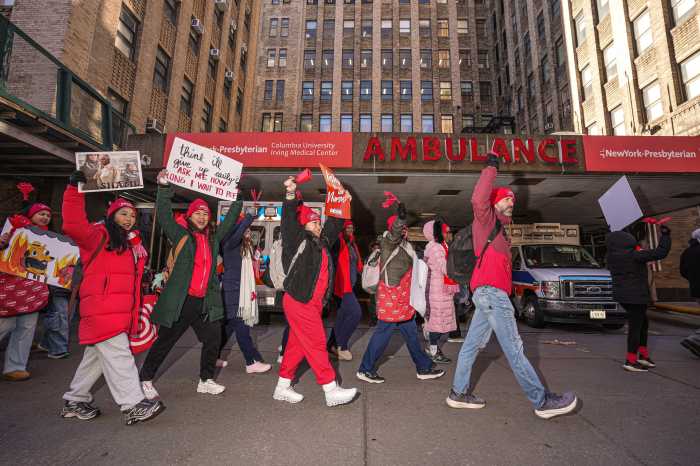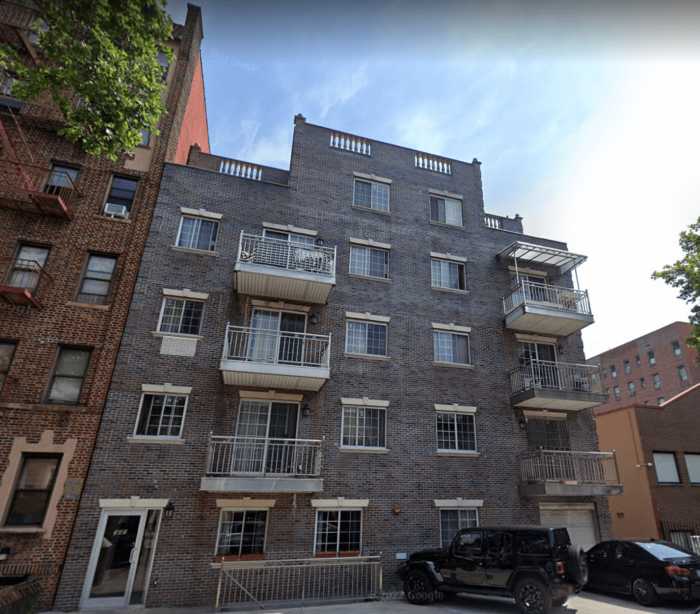Mayor Bill de Blasio on Sunday unveiled a five-point plan to cut congestion in Manhattan and speed the flow of traffic as the city’s economy booms and its population grows.
The plan focuses on freeing curb space, intersections and new travel lanes primarily with increased police enforcement of congestion-causing violations, like blocking the box or double parking, at targeted locations.
It will also restrict curbside deliveries on certain streets and restore turning privileges at key intersections, targeting corridors like 54th, 50th and 37th streets.
The ultimate goal is to speed up Manhattan traffic by 10 percent by 2019, with the plan taking effect this January.
“The economy is booming and people want to live here — those are good things, but they come with a real price. And one of the challenges is congestion,” said de Blasio. “And congestion is at a level that for so many people in the city really affects their lives negatively.”
The plan lacks any form of congestion pricing, a policy supported by a collection of transit and environmental advocates that the mayor feels is unfair to car-owning residents of the city.
Instead, de Blasio will create “clear lanes” along the curbs of 11 crosstown streets in midtown. Deliveries will generally be moved to one side of the street. The other curb will be signed for no standing from 6 a.m. to 7 p.m., allowing for what the mayor hopes to be a steady flow of traffic.
As a means to cut down on double-parking and disruptive deliveries, the city will also pilot banning curbside loading entirely during peak hours in a large swath of midtown — from 45th Street to 50th Street, between Sixth Avenue and Madison Avenue. These restrictions will also be tested on Brooklyn’s Flatbush Avenue and on Queens’ Roosevelt Avenue. The pilots at these locations will run for six months.
A total of 160 NYPD officers will be hired to enforce the new rules, in addition to a new crackdown on block-the-box violators. The multi-agency plan will also build task forces of city, state and elected officials to address congestion on state-managed highways in the city.
De Blasio believes the efforts will “make a real difference,” but he also tempered expectations for a plan that aims to boost midtown speeds from an estimated 2017 average of 4.7 mph to 5.2 mph by the end of next year.
“It’s not a panacea. It will not make all of the congestion go away overnight,” he said. “Some of the reality is just so many people are in the city, particularly in Manhattan on the weekday . . . we understand some of those problems will be a challenge for a long time.”
De Blasio’s plan received a cold embrace from some transit experts, several of whom feared that any enforcement-led traffic measure would fail on the basis that the NYPD has been largely ineffective in cracking down on offenses such as double parking, blocking the box or the abuse of city-issued parking placards.
“The question is, how much are those clear lanes going to be respected?” said Christine Berthet, a traffic safety advocate and member of Manhattan’s Community Board 4, who supported the plan in theory. “Ticketing placards blocking bus stops and taking up legal parking is so not there — I don’t even have a word for it. So what’s going to happen there?”
Others felt reinstituting turning privileges will create new conflicts between motorists, pedestrians and cyclists, or that the new clear lanes would just as quickly be filled with idling taxis and ride-hail drivers making pickups and drop-offs — a notion de Blasio challenged.
“These are qualitatively different things,” said de Blasio, comparing deliveries to taxi pickups. “So I think by definition it’s a big advantage if you take deliveries out of the equation and standing out of the equation.”
Ultimately, the mayor needs to join Gov. Andrew Cuomo in support for congestion pricing, which has proved effective in cities like London and Stockholm, according to Jon Orcutt, spokesman at the nonprofit TransitCenter and former policy director at the city’s Department of Transportation.
“The mayor is being willfully stupid about how transportation works in New York City because the governor is saying positive things about congestion pricing,” Orcutt said.
